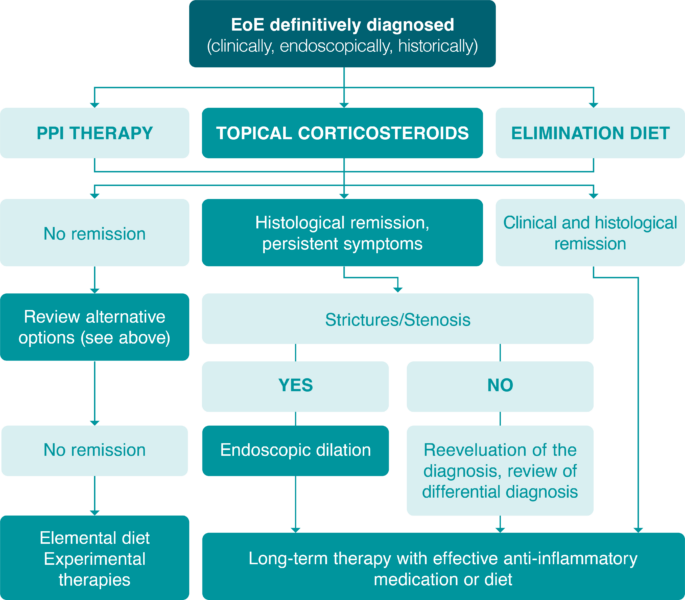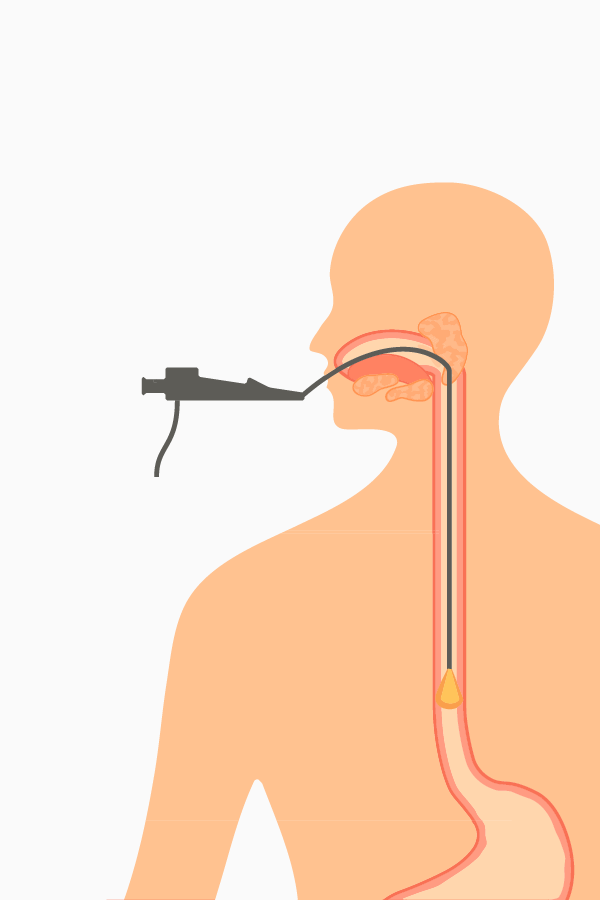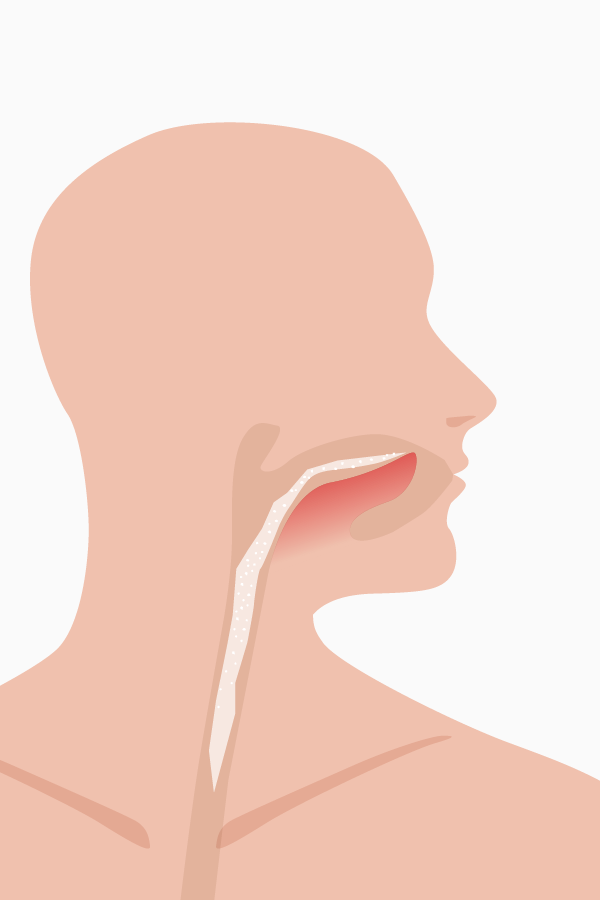The objectives for treating eosinophilic oesophagitis (EoE) are inducing clinical and histological remission, maintaining remission, preventing complications (food impaction, emergency endoscopy) and improving quality of life.1
For patients with a confirmed diagnosis, the current guidelines from the European study group, EUREOS, recommend the following treatment options (see fig. 1):2
- Topical corticosteroids (budesonide, fluticasone)
- Proton-pump inhibitors (PPI)
- Elimination diet
- Endoscopic dilation
The effectiveness of therapy should be assessed endoscopically and histologically after 6–12 weeks.

Fig. 1: EUREOS algorithm. Adapted from Lucendo AJ et al. United European Gastroenterol J 2017.2
Other pharmacological options such as anti-allergy medications (cromoglicic acid, antihistamines) or biological agents (the anti-interleukin-5 antibodies mepolizumab, reslizumab) are currently not recommend due to a lack of evidence for their efficacy. Only a small number of positive effects have been reported for the immunomodulators azathioprine and 6-mercaptopurine, which were not sufficient to merit a recommendation in the guidelines.2




